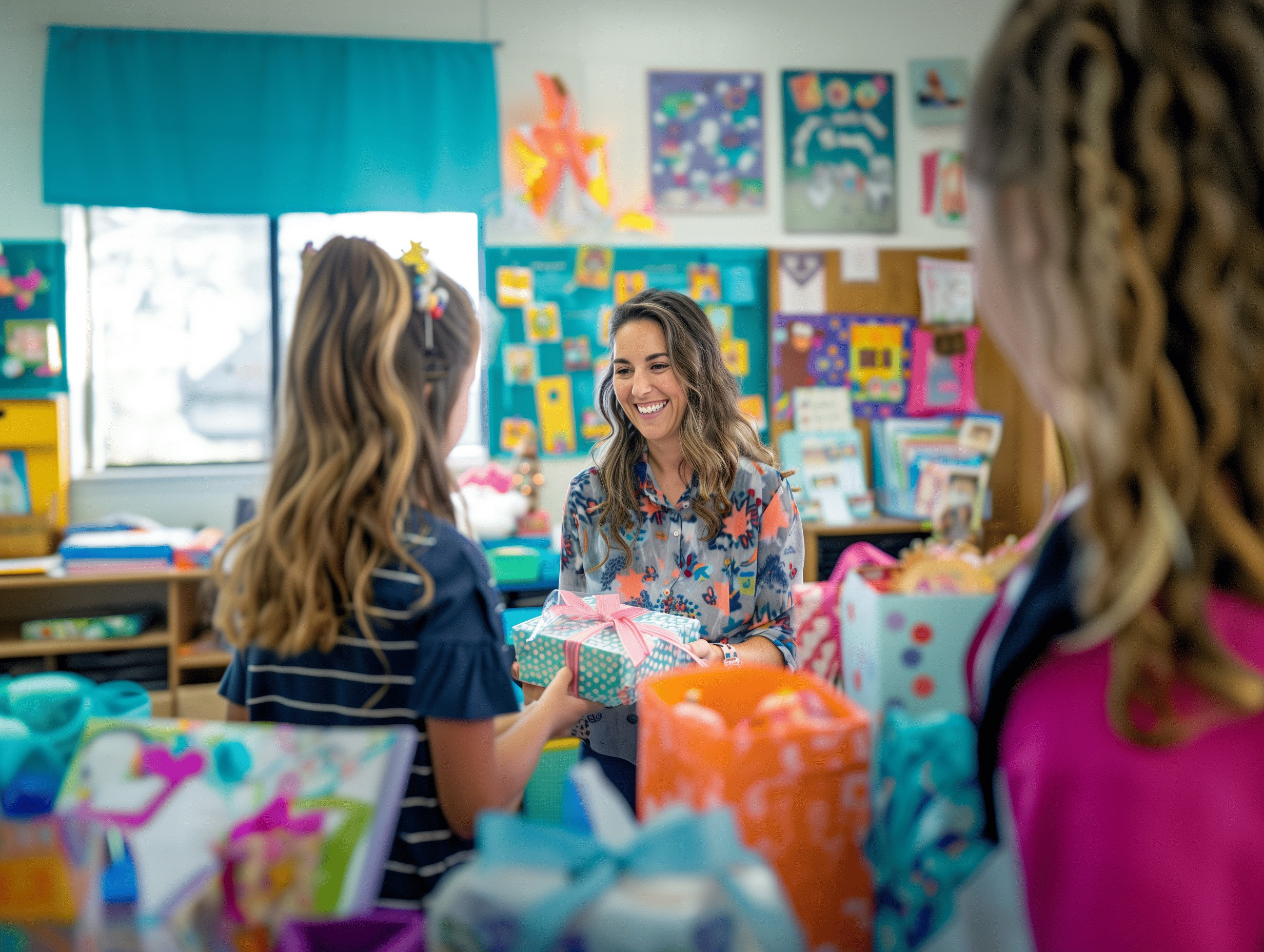New Teaching IdeasLearning Activities For Workshop Presentations and Large Classes William N. Bender, Ph.D. (The information below may be printed out for personal use.) I. "Tell Me About It" Activity Working in small groups, have each group member share information on his or her "Problem" student's behavior. Use the questions below as a guide, and write down as much information as you can to share with the whole group later. Other group members should make recommendations for solutions to this problem, if they have had a similar experience. 1. Describe the "typical" inappropriate behavior of the student who worries you the most. What behavior represents the most typical type of problem for this kid? Give as much detail as you can on how these typical behaviors occur (e.g., your class? mainstream or inclusive class?). _________________________________________________________________ _________________________________________________________________ 2. Are there things that seem to "cause" this behavior? Are there times of day when this behavior is more likely? If so, why? _________________________________________________________________ _________________________________________________________________ 3. Are there things that you have tried when this behavior occurred previously? What things haven't worked? _________________________________________________________________ _________________________________________________________________ 4. Are there things that you would like to try for this student, if you had more time and/or assistance in the classroom? _________________________________________________________________ _________________________________________________________________ 5. What change in behavior would satisfy you about this student and this behavior? Is there something that would indicate to you that the problem is "in remission?" What do you need to have happen? _________________________________________________________________ _________________________________________________________________ II. A Gallery Walk A gallery walk is an opportunity to move around a gallery exploring various positions and ideas. Posters with intriguing statements on the theme at hand should be posted around the room (i.e. taped to the wall), and each participant should read the posters throughout the entire gallery, select a position that they feel strongly about, and then take a stand by that position. Once a small group is formed, begin a discussion of that poster in the gallery. Use the following questions.
1. What is an example from your teaching, or what example have you heard of, that best exemplifies that this is wrong or right? _________________________________________________________________ _________________________________________________________________ _________________________________________________________________
2. How does the majority of your group feel about this issue? _________________________________________________________________ _________________________________________________________________ _________________________________________________________________
3. Can your group suggest specific remedies for the problems exemplified by this issue? _________________________________________________________________ _________________________________________________________________ _________________________________________________________________
After the small groups have discussed these issues for a time, and completed the questions above, the whole group will reconvene and each small group will share their issue poster and their conclusions with the whole group. Then the whole group will briefly discuss the issue, as time allows.
III. Thinking Web Class Activity I. Identify--Getting down what we know and what we think we know. First write the topic--the general construct to be learned--on the board in the center of a circle. Your task during this step is to generate ideas, and at this point all ideas are welcome. --get all ideas down on paper (sticky notes work well) --mark each with a level of certainty; !!! = real sure; ! = somewhat sure; ? = not sure; ??? = I think I heard that! --don't criticize any ideas at this point --get everyone involved --keep it fast and fluid, aiming for 15 to 35 ideas --let everyone state their idea, write it and put it up II. Classify This step involves construction of the general concepts related to the overall construct. For example, if a number of the notes deal with "definition of" you may want to make that a side-arm on the web. --generate 4 to 6 constructs within the larger concept --read each idea and discuss it, particularly uncertain ones; --let others ask questions, remove ideas only when group reaches consensus (Keep some not sure ideas, if necessary --identify ideas on the sticky notes that go together, and ask how they go together; put the sticky notes on the web in the appropriate spot. --Get everyone involved --Stop only when all ideas are re-located within the web III. Clarify This step involves re-discussion of every idea. Solicit opinions of the group on the accuracy, particularly of the items marked as "not sure." --Begin by recopying the major construct and concepts on the board; ask: are the concepts in the right place? --Next, read each item and solicit opinions on accuracy --When group reaches consensus, write that item on the board IV. Verify This step involves checking the accuracy of the Web given other sources. In most cases, the class textbook may be used, but any source (internet, library, films or video) may be used. --divide the group up, and have each group verify an "Arm" --check each fact in the web --report back to group & remove uncertainty marks. IV. The Forum The forum was the marketplace for ideas found in almost every ancient Roman City. Lively debate, disagreements, and public discussion which was comprehensive and quite entertaining was to be found there. You can create a "Forum" in your classroom. As in Ancient Rome, when the Forum is taking place, this should become the center of business for the classroom. It is best to visualize the Forum as... ...a public meeting place for lively, open discussion; ...a medium of discussion, debate, and learning; ...a public mini-lecture from a knowledgeable person; ...an interactive presentation from knowledgeable authorities.
Does Learning Take Place? Learning from exciting and challenging debate is quite fun, and students are generally much more involved in Forum activities than in more traditional types of presentations or group reports. A number of advantages have been noted by teachers who used forums as one component of their study units. By creating a Forum in your classroom, you... invite the sharing of individual expertise, disseminate a multi-layered view of a topic, cross disciplinary lines, increase the depth of understanding, provide an audience for individual work, stimulate the work of teams.
Steps in Creating a Forum 1. Assign topics and days for the forum. Let various presenters know when they will lead the discussion and debate. 2. Provide time for students to prepare themselves for points and counterpoints in a debate or open discussion. Students may wish to prepare visual aides, etc. to help them make their points. 3. On the day of the Forum, set up the room for everyone to see each other, and to see the presenters as those presenters move around the room. 4. Challenge qualifications of presenter/participants (i.e. not every member in the class presents at once, though all may participate as audience discussion grows). Have the featured speakers done their homework on the topic? 5. Have students established or reviewed rules for "Appropriate" debate during the forum? 6. Have topic guidelines been established--what will and what will not be covered?
Facilitating The Forum
1. Give each presenter a "Location" in the room from which to present and mount wall visuals (if any are used). 2. Give each presenter a few minutes (2 to 5) to present prior to the discussion. 3. Discussion opens with presenters agreeing or disagreeing, after the initial presentations. That discussion is open to audience members. 4. After some discussion, students are encouraged to reflect on what they learned, either individually or collectively. 5. Establish a mechanism whereby students may be evaluated by other students, as well as by the teacher. |



